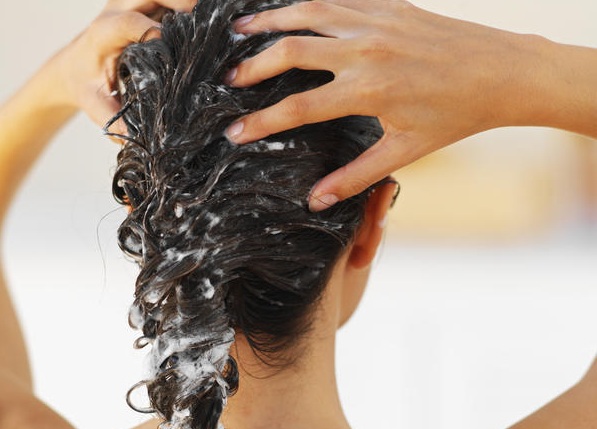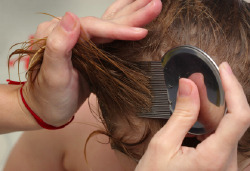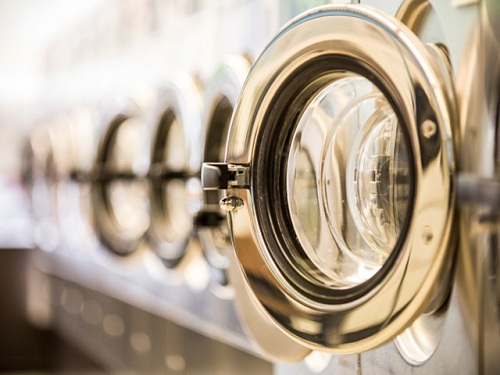Head lice are insect parasites, which are quite contagious but essentially harmless. Unlike body lice, head lice don't carry diseases. They live in your hair, close to your scalp and feed off your blood. Head lice are not airborne, cannot fly, and cannot swim or live in water without their host.
Where Do Lice Come from?
Due to their genetic makeup, head lice are categorized into clades which are groups of organisms with no genetic similarity but with a common ancestor. There are three clades of human head lice: Clade A, B and C. About 2 million years ago, Clade C split from Clade A and B. Then Clade B split from Clade A about 1 million years ago. The body lice, which can transmit diseases, was shared with Clade A. The three clades now have different geographic makeup and genetic characteristics. The one that originally distributed in the North America was Clade B which migrated further to Australia and Europe.
How Are Lice Transmitted?
You know that head lice cannot swim or fly, so where do lice come from? It can travel from one host to another through personal contact. You get it from someone who already is infested–you can also get it by sharing brushes, combs, hats, towels, and other personal items with someone who has it. In most cases, the louse crawls and enters your hair. In rare cases, it crawls only a person's clothing and then enter his/her hair and scalp. It is important for head lice to get on your scalp quickly because it cannot live more than a day without nourishment.
Some believe that having head lice is a sign that you do not maintain good personal hygiene, but that is not true because anyone can get it from someone else. Other people believe that head lice only affect people of lower economic status. The reality is that people of all ages, genders, and social class can catch head lice.
Symptoms of Lice Infestation
Now that you know the answer to "where do lice come from", you may also want to learn about the most common signs and symptoms of head lice infestation. The most common symptom is a feeling of something moving in your hair. This may tickle a bit as well. You will also have itching which is actually an allergic reaction to the bites of the head lice. You may also experience difficulty sleeping with sores on your head, which is the outcome of scratching.
In some cases, you may develop a body lice infestation which will have certain symptoms, such as red bumps on your skin, intense itching, and darkened skin near the groin or waist. You may also develop rash on your skin, which is the outcome of an allergic reaction caused by body lice bites. You should talk to your healthcare provider if you experience any of these symptoms.
How Can You Kill Head Lice?
Learning "where do lice come from" is not enough to solve the problem when you're having head lice. Here are some steps you can take to kill them.
1. Apply a Pediculicide
 The quickest way to eliminate head lice is to use a pediculicide. Some of these products do not just kill head lice but kill their eggs as well. Put on your old clothes and sit in the bathroom when using these products. Apply it in your hair and scalp and let it sit for a while before washing it out using water.
The quickest way to eliminate head lice is to use a pediculicide. Some of these products do not just kill head lice but kill their eggs as well. Put on your old clothes and sit in the bathroom when using these products. Apply it in your hair and scalp and let it sit for a while before washing it out using water.
2. Use a Nit Comb
 If you are already using a pediculicide, you will benefit from using a nit comb as well. They work great to clear nits and dead lice. To use it correctly, you first need to divide your hair into sections and start from your scalp. Use the comb from the roots of your hair to get rid of nits and dead lice. Be sure to swish the comb around in a solution of water and soap to kill the lice and their eggs.
If you are already using a pediculicide, you will benefit from using a nit comb as well. They work great to clear nits and dead lice. To use it correctly, you first need to divide your hair into sections and start from your scalp. Use the comb from the roots of your hair to get rid of nits and dead lice. Be sure to swish the comb around in a solution of water and soap to kill the lice and their eggs.
3. Wash All the Clothes
 Head lice cannot survive in high temperature, so it is important to wash all your sheets, clothes, stuffed animals, pillowcases, and other fabrics after using any pediculicide. Run your clothes through a hot dryer, exposing your clothes to 128.3 °F for 5 minutes will kill lice and their eggs. You should also put your hairbrushes and other hair accessories in plastic bags and keep them away for about a couple of weeks to ensure there remain no lice on those accessories.
Head lice cannot survive in high temperature, so it is important to wash all your sheets, clothes, stuffed animals, pillowcases, and other fabrics after using any pediculicide. Run your clothes through a hot dryer, exposing your clothes to 128.3 °F for 5 minutes will kill lice and their eggs. You should also put your hairbrushes and other hair accessories in plastic bags and keep them away for about a couple of weeks to ensure there remain no lice on those accessories.
4. Try Natural Remedies
 Pediculicides definitely help, but you can help eliminate head lice quickly if you try some natural substances that repel and kill lice. Natural substances are also good for people who cannot use chemicals to treat head lice. Here are some suggestions:
Pediculicides definitely help, but you can help eliminate head lice quickly if you try some natural substances that repel and kill lice. Natural substances are also good for people who cannot use chemicals to treat head lice. Here are some suggestions:
- Take half cup of coconut oil, melt it and then massage it into your hair and scalp. Then, use the nit comb to clear dead lice.
- Use apple cider vinegar to loosen the nits. Combine half cup of apple cider vinegar and half cup of water and apply this mixture on your hair and scalp. Now, use the nit comb to remove the lice and their eggs.
- Make an essential oil spray and apply it on your hair to kill head lice. Certain oils like oregano, lavender, thyme, eucalyptus, and tea tree oils not just repel but also kill the lice. Simply add 5 drops of any of these essential oils to a spray bottle and add an ounce of water. Spray it on your hair for great effects.
5. Treat Other Lice
You already know "where do lice come from" and "how can you get rid of head lice". You may be wondering how to treat body lice. Body lice feed on your blood and live inside the seams of your clothing. They are usually larger as compared to head lice and are commonly found in areas where people usually do not have access to washing or bathing facilities. Here are some steps to help get rid of body lice:
- Get rid of any infested clothing first because body lice can live up to 30 days in clothes.
- Take baths regularly and always use soap.
- Wash your bedding, clothing, and other linens regularly.
- Talk to your doctor who may prescribe a cream containing matlathione, permethrin, or benzyl alcohol to help with the itching.
